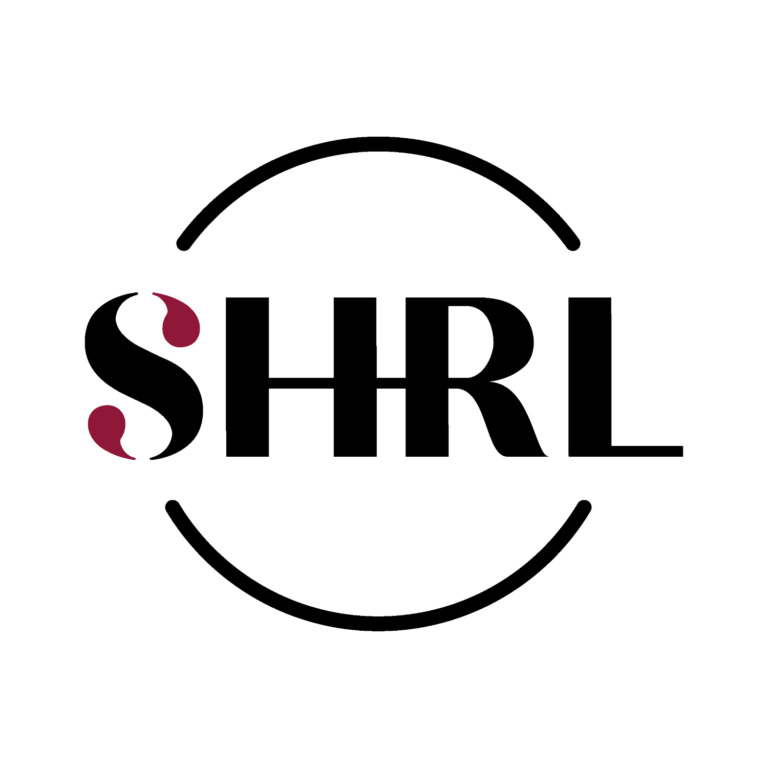Have you ever wondered why Leonardo DiCaprio only dates women under 25? Or what Sir Mix-a-Lot and his many fans like? (They’re big behinds and he can’t lie.) Or how people on the Netflix show Love Is Blind can feel attracted to a person to the point of pursuing marriage, before ever seeing each other’s physical appearances? These examples only scratch the surface of the many possible partner characteristics (in this case, age, physical appearance, and emotional connection) that can be considered sexually stimulating, but the list doesn’t end there. Sexual arousal is a complex physiological and psychological phenomenon that crosses cultures around the world (Zuckerman, 1971). Sexual arousal, commonly perceived as feeling horny or turned on, is subjective and can be triggered by an unlimited number of factors. For a broad phenomenon experienced by the masses, little is known about what specific kinds of stimuli tend to influence sexual attractiveness in individuals across genders and cultures, especially in the context of the characteristics of a potential sexual partner or partner. What little information is known exists alongside the sexual attraction literature in the fields of evolutionary psychology and social psychology (Barber 1995; Waynforth, 2001; Wiederman, 2005; Hugil, Fink & Neave, 2010). In each, experiences of sexual pleasure and characteristics considered sexy are not explored. This is especially true in the case of partner characteristics. Furthermore, evolutionary and social psychological perspectives are very gender binary and describe sexual attraction as dependent on gender at birth, thereby completely excluding the experiences of different gendered individuals. Although these literatures are limited to sexual attraction and do not touch on the subject of sexual actions, they are useful in delineating the vast gaps where further research is needed.
Evolutionary Psychological Perspectives
What evolutionary psychology perspectives inform us is limited in that it reduces individuals to their physical and reproductive characteristics, while ignoring aspects of identity and pleasure, while also ignoring the diverse sexual experiences across humanity. For example, attractiveness, described as mate value, is said to depend on a person’s sex at birth, their primary and secondary natural sexual characteristics, and indicators of physical health (Waynforth, 2001). Women’s mate value is said to depend on cues (health, fertility, etc.) conveyed by their physical appearance, while men’s mate value is said to depend on their status (ie, career, power/ perceived status in society) and access to financial resources (Waynforth, 2001). This perspective is incomplete, as it argues that cisgender men and women can be considered sexually attractive to partners only through alignment with specific traits in various biological and social domains, which neglects the complexity of human sexual identity, sexual preference, sexual desire/ interest, pleasure, fantasy and sexual attraction. Evolutionary psychology also excludes the experiences of individuals of different sexes, indicating that comprehensive scientific research into the components of human sexual attraction is critical to a more complete understanding of what makes people sexually attractive.
Social Psychological Perspectives
Social psychology outlines the ways in which potential sexual partners are viewed through a cultural lens. Social scripts are essentially cultural guidelines that inform us how to behave in a wide range of settings (Wiederman, 2005). In sexual settings, unspoken sexual scripts are established to guide each individual how to behave, yet these scripts are highly gendered (Wiederman, 2005). Gender roles often encourage men to be exploratory and assertive in their sexuality, while women are often expected to display restraint and control (Wiederman, 2005). This stems from different reproductive responsibilities experienced by women and men, as the energy investment in women is much greater than in men when producing offspring (Wiederman, 2005). Of course, these reproductive responsibilities are outdated and rudimentary today. Deviation from these gender norms is often associated with negative social/societal connotations, especially in the case of women who are more sexually liberal. Although informative, social scenarios have changed drastically in the last century. A more commonly accepted method of exploring one’s sexuality is hookup culture, which involves an entirely different set of sexual norms (Garcia, Reiber & Merriwether, 2012). Hookups are defined as casual sexual encounters that do not involve any type of romantic relationship. These types of interactions focus on sexual pleasure, yet we do not yet understand what arousal characteristics conveyed by potential mates prompt an individual to engage sexually in the context of bonds.
Overall, there is a huge research gap in our understanding of partner characteristics that are considered sexually arousing. Filling this gap and understanding the characteristics of the partner turn people outside the lenses of evolutionary and social psychology would provide a comprehensive and modern conceptualization of attraction. In hopes of gaining this comprehensive and contemporary perspective, a team of researchers at Queen’s University’s Sexual Health Research Laboratory has launched a new study that explores what turns people on. If you are 18 years of age or older, speak English fluently, and feel comfortable answering questions related to sexuality and sexual desire, please consider taking this survey. You can wait 30-45 minutes to complete an online survey and you will have a chance to enter a drawing! Who knew research could be so sexy?! https://queensu.qualtrics.com/jfe/form/SV_0rozACaFhz9J5ae
Rebecca Star, 4th Year BAH Psychology, Queen’s University
bibliographical references
Garcia, JR, Reiber, C., Massey, SG, & Merriwether, AM (2012). Sexual Connection Culture: A Critique. Review of General Psychology16(2), 161–176. https://doi.org/10.1037/a0027911
Hugill, N., Fink, B., & Neave, N. (2010). The role of human body movements in mate selection. Developmental Psychology8(1). https://doi.org/10.1177/147470491000800107
Waynforth, D. Mate selection and women’s preference for physically attractive men. Hmm Nat 12, 207–219 (2001). https://doi.org/10.1007/s12110-001-1007-9
Wiederman, MW (2005). The Gendered Nature of Sexual Scripts. The Family Journal13(4), 496–502. https://doi.org/10.1177/1066480705278729
Zuckerman, M. (1971). Physiological measures of sexual arousal in humans. Psychological Bulletin, 75(5), 297–329.
